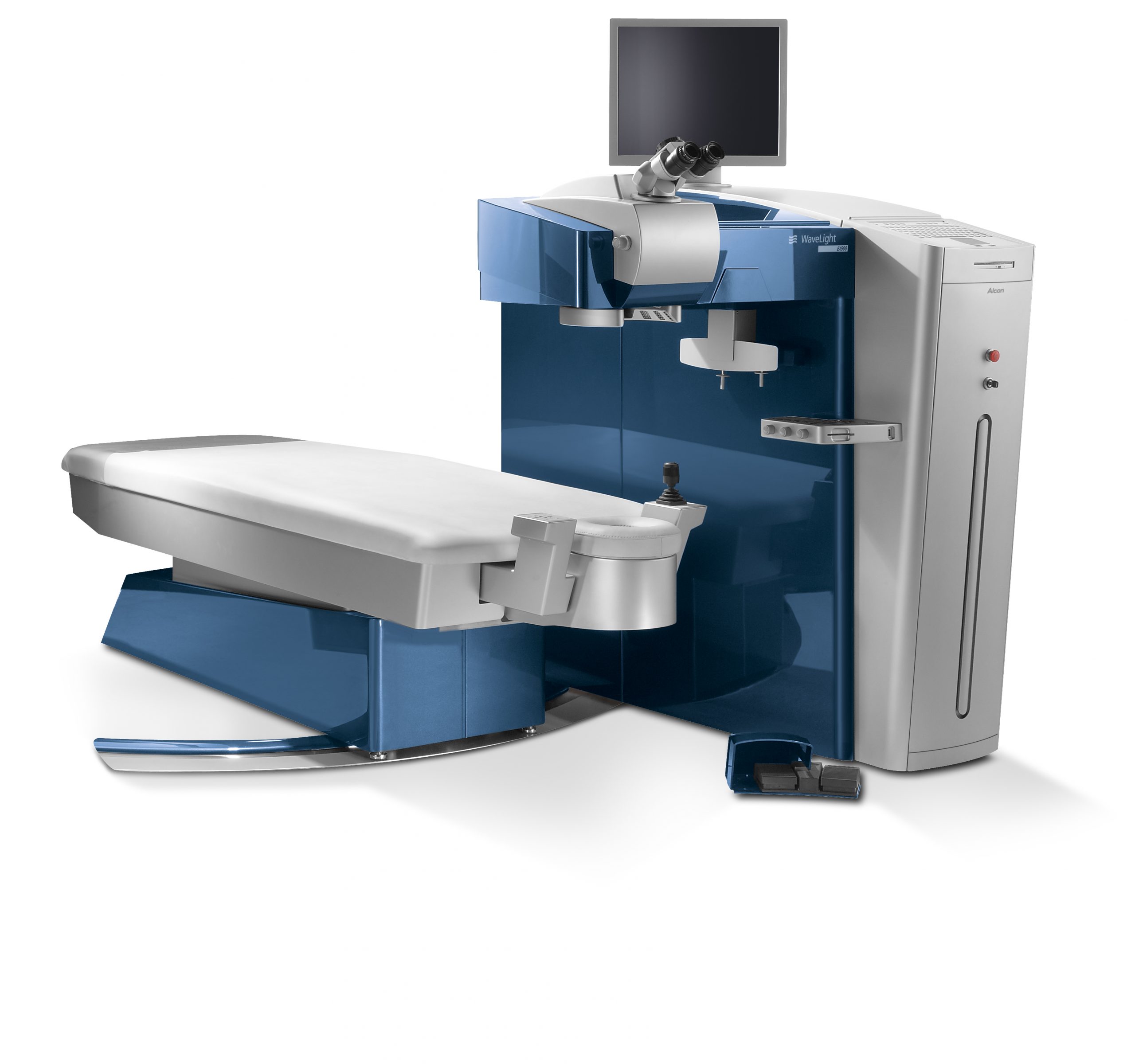Who Else Wants Knee Pain Relief?
 Knee pain can be a real burden on one’s day to day life; especially if you live an active life. Knee pain may inhibit your ability to climb stair, play a sport or even share a dance with that special someone. Knee pain affects persons of all age and lifestyle, from the old and frail to the young and active, it is a problem that does not discriminate. Fortunately there are several pain relief methods that may offer relief; the effectiveness of these methods though is dependent on the severity and cause of the pain. Pain in the knee may be chronic or acute and this greatly influence the relief method used.
Knee pain can be a real burden on one’s day to day life; especially if you live an active life. Knee pain may inhibit your ability to climb stair, play a sport or even share a dance with that special someone. Knee pain affects persons of all age and lifestyle, from the old and frail to the young and active, it is a problem that does not discriminate. Fortunately there are several pain relief methods that may offer relief; the effectiveness of these methods though is dependent on the severity and cause of the pain. Pain in the knee may be chronic or acute and this greatly influence the relief method used.
Acute knee pain
Acute pain is sudden and usually occurs while performing some physical activity. Acute pain may last for a few moments and in most severe cases a few months anything longer can no longer be termed as acute, however one should not attempt to cope with pain for so long without consulting a physician. Taking a break from the activity is the first and obvious step for acquiring relief, as this relieves the tension on the knee and give any minor injuries time to heal. Applying ice packs to the affected area for fifteen minute intervals after pain is first felt also provide some pain relief.
In conjunction with rest and ice pack you may also take pain killers like Ibuprofen or apply over the counter topical ointments like Voltaren to the affected area. In cases where pain worsens then it is advised that you immediately consult a physician as this could be an indication of soft tissue damage or even broken bones. In such cases minor corrective surgery might be required.
Chronic knee pain
This is long lasting and tends to get worst over time. Chronic pain is usually disease related but untreated soft tissue and cartilage damage can lead to chronic knee pain. Treatment is usually extensive and can be quite expensive. Some treatments that offer relief from knee pain are:
• Physiotherapy: Physical therapy is used to strengthen muscles in and around the knee so as to increase the amount of tension the knee can bear and also to maintain knee stability. Physio tends to focus on strengthening the quadriceps and hamstring muscles, the two muscle groups most susceptible to injury, especially in athletes.
• Medication: Medication is administered base on the type and severity of the injury. For problems such as rheumatoid arthritis disease-modifying antirheumatic drugs can be used to give patients some relief from the pain inflicted by this condition. Another substance that is slowly becoming common is the use of Hyaluronic acid. This substance is found naturally in healthy joints and injecting it into the injured knee improves lubrication, reduces swelling and can relieve pain for months. Another useful medication that is used to relieved knee pain caused by osteoarthritis is corticosteroid, which is also injected into the affected joint.
• Surgery: This is always a last resort and should be considered after all other options have been exploited. In some cases though like in those individuals suffering from lock knee this is the only option to gain some much need relief. Your physician will advise you on the type of surgery required to correct the knee problem with which you are inflicted. Surgery is usually followed by extensive physiotherapy.
Thanks to the many advances in medicine and the plethora of information available online, knee pain can no longer hold us at ransom depriving us of the many things that gives us joy.

